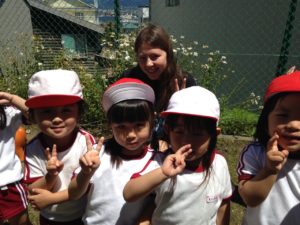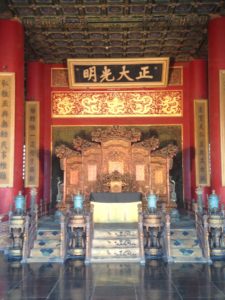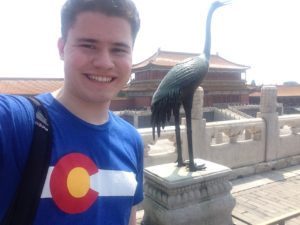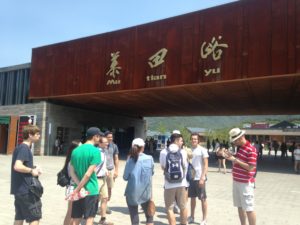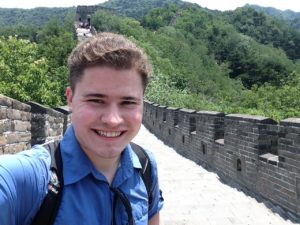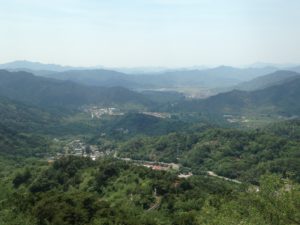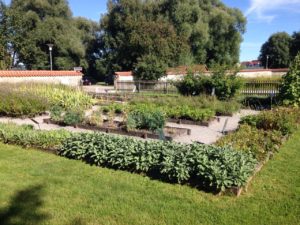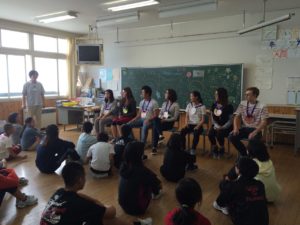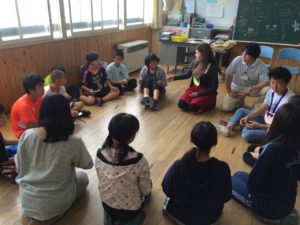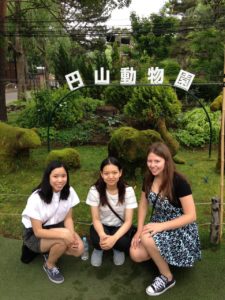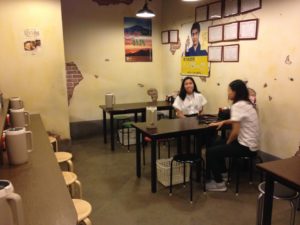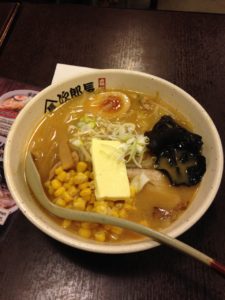More on Japanese schools! I had a day off from school, and I spent it at my host mother’s kindergarten. She is the head teacher at this school, and so let me shadow the entire day, through classes as well as free play time. It was very fun and cute, as well as a fascinating experience!
Japanese kindergartens include ages 3-5, kind of like Montessori school. Interestingly, they have uniforms to wear to and from school, and then another uniform to change into after they get to school (clothes they can more easily run around in).
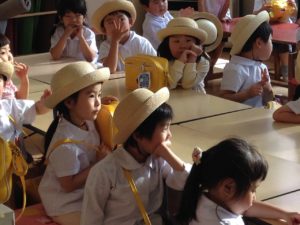
Kids arrive at around 8:30, and the school remains open until 6pm, although many kids are picked up by 2 or 3. The school day consists of free indoor and outdoor play periods alternating with formal “lesson” type periods, lunch and exercise. It is interesting the emphasis they place on exercise in Japan. There is this routine set of exercises to a particular musical track that many people in Japan seem to do often if not daily, and the kids are taught these exercises at school.
In their lessons, sometimes there will be organized arts and crafts, other times, they will learn songs or play musical instruments, or study the Japanese “alphabets” (hiragana and katakana) and read books. Each day there is a student who is the “teacher’s helper”, and they will stand in front of the class to start the day with announcements and use formal greetings to greet each member of the class. This routine seems to be a way fro them to practice using formal classroom Japanese, because at all other times they use plain forms, even when talking to the teachers! Since kids are always spoken to in plain forms, it makes sense that they would not have learned how to speak in “desu” and “masu” (polite sentence forms), which they will of course need to know for formal classroom settings soon, so it makes sense that kindergarten would be the place for them to learn this. It is funny that I have a much easier time speaking in “desu” and “masu” than plain forms because I learned those first! It didn’t occur to me before how they may be difficult for children.
Trying to speak to the kids in plain forms was good practice. Other than the exercises, polite speech practice, and tiny adorable bento boxes served at lunch, the kindergarten and the kids there seemed to be pretty similar to US preschools/kindergartens. I’m so glad I had the opportunity to spend a day here! The kids were so awesome!